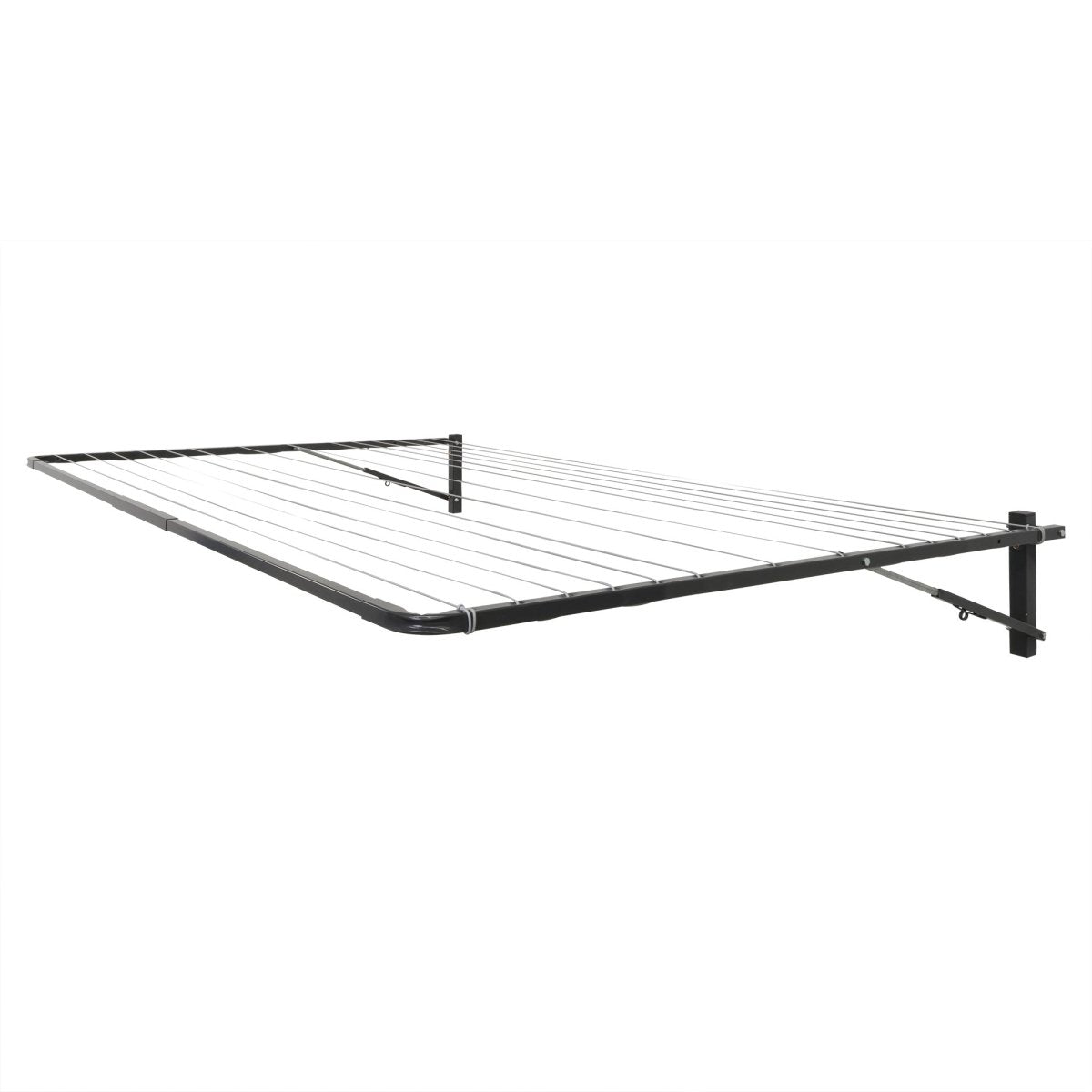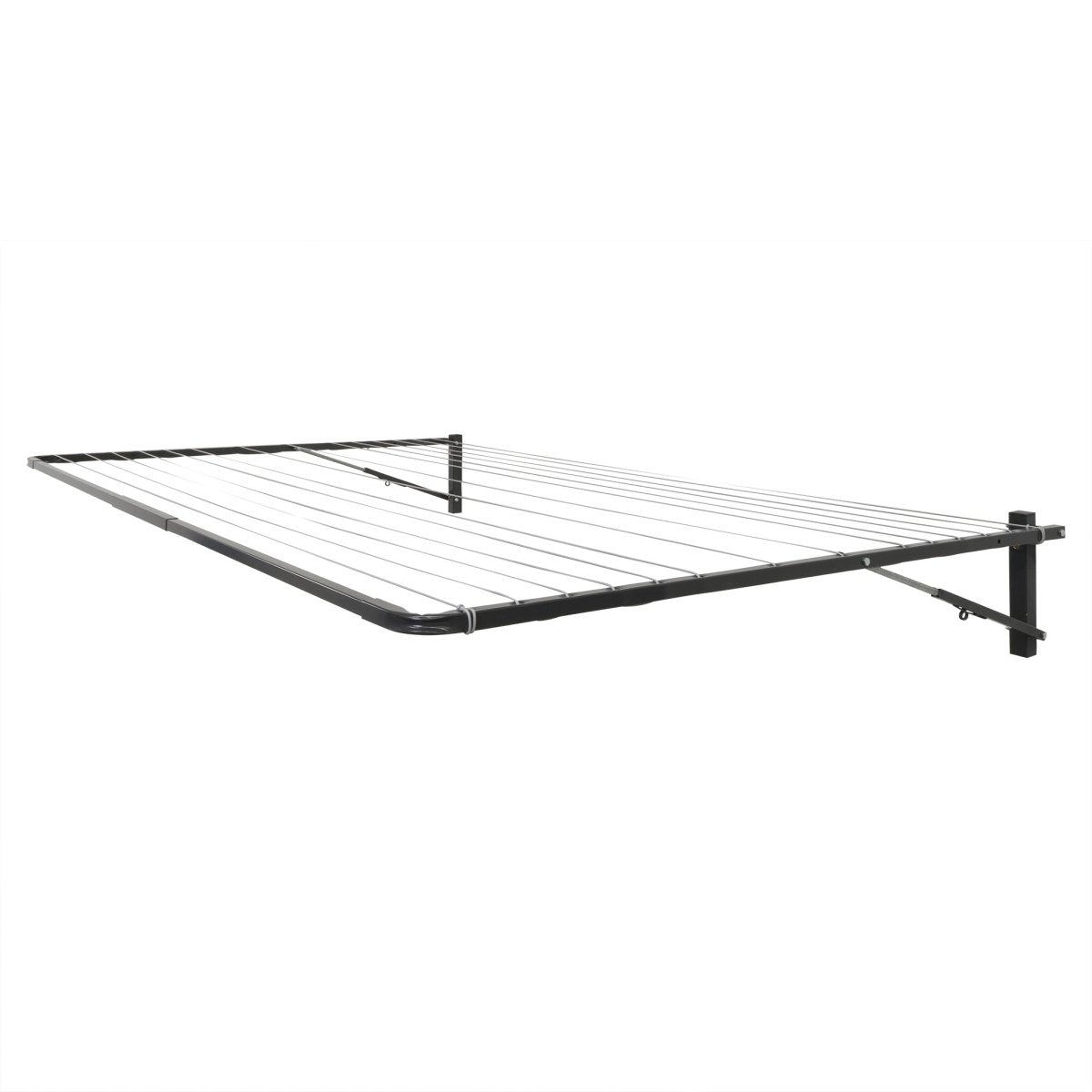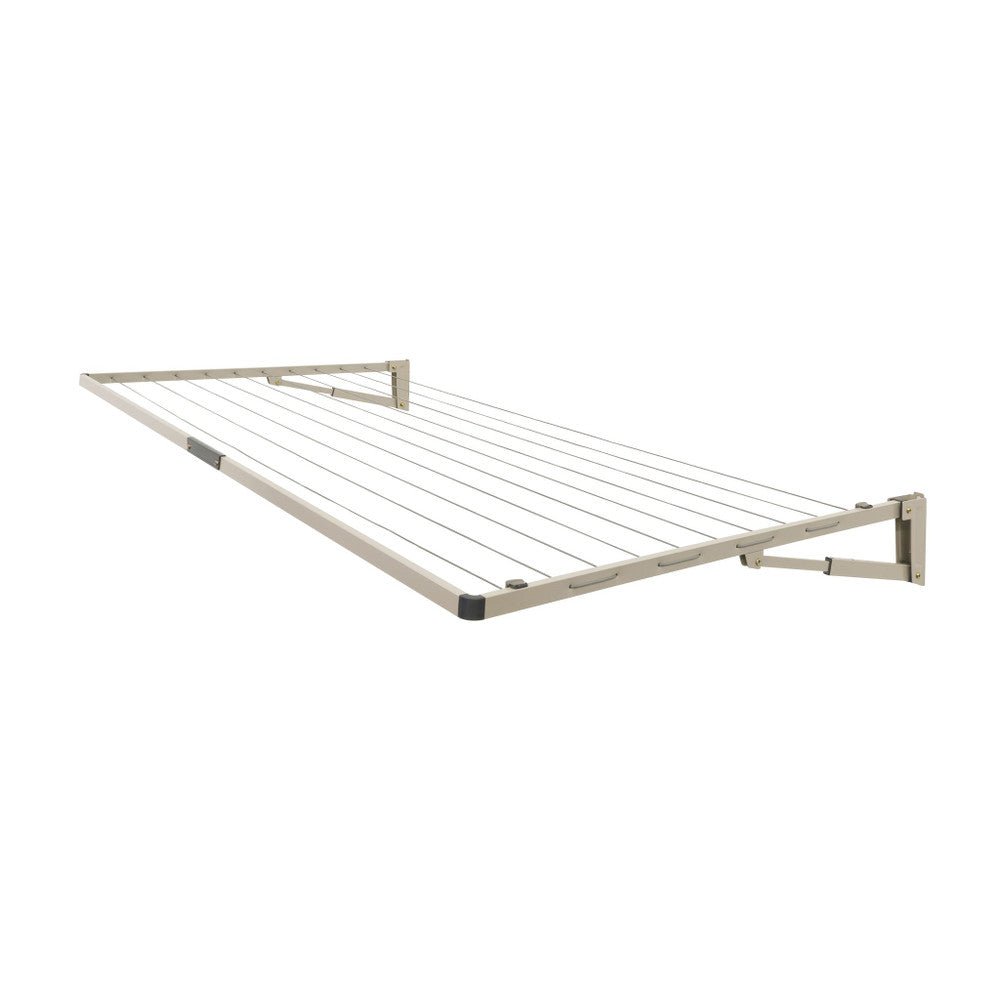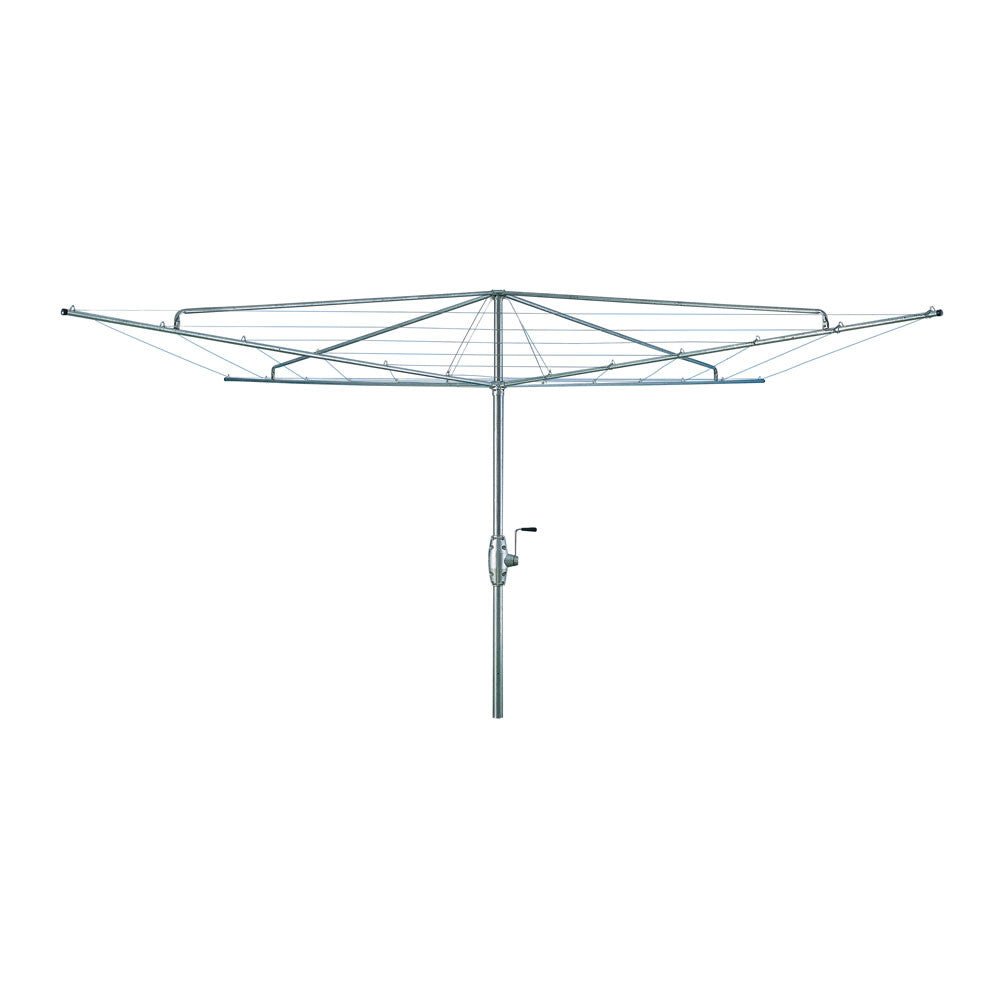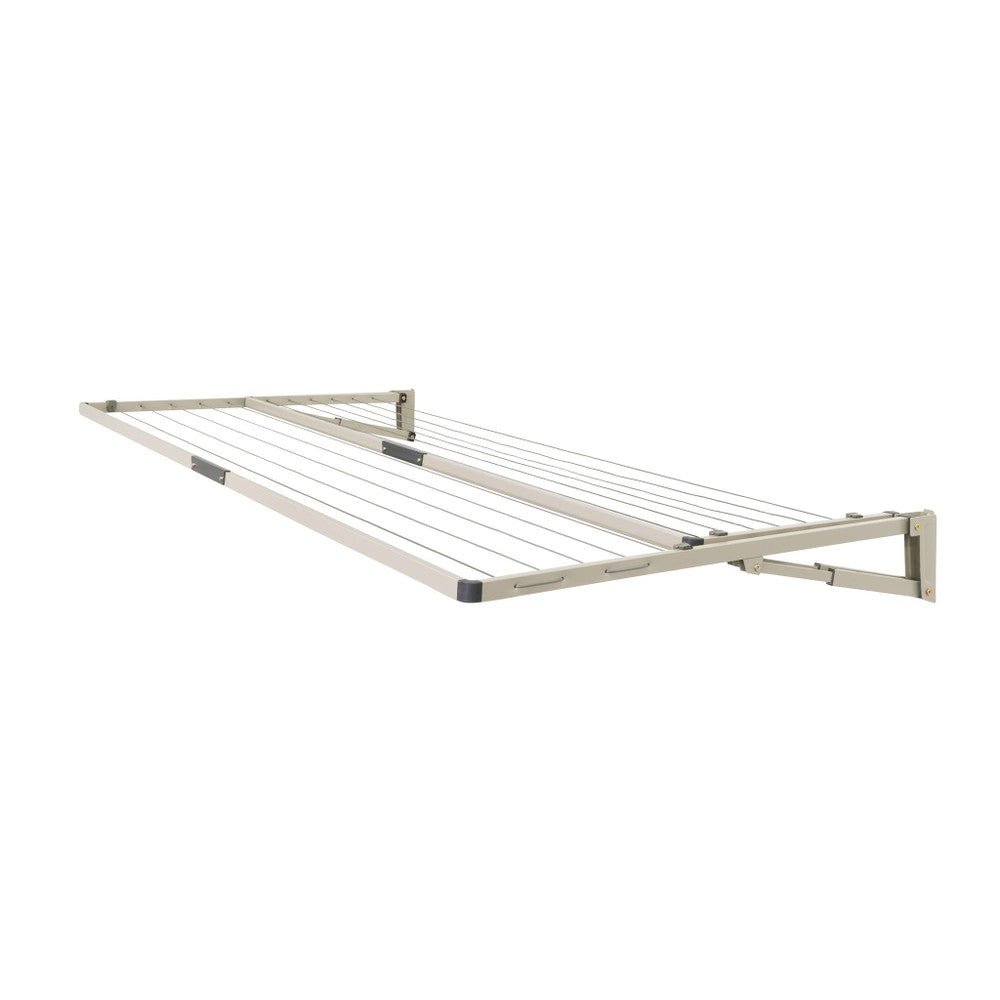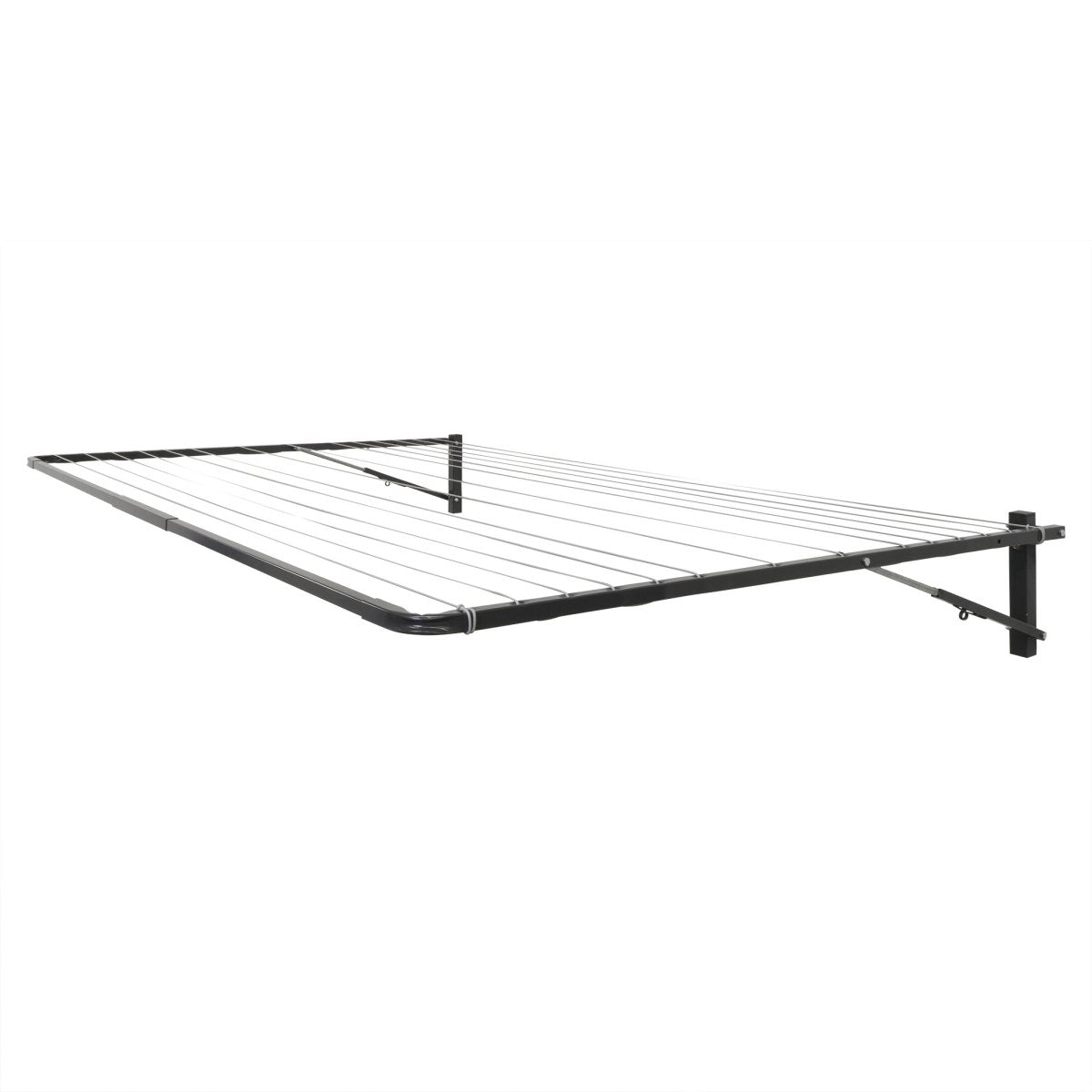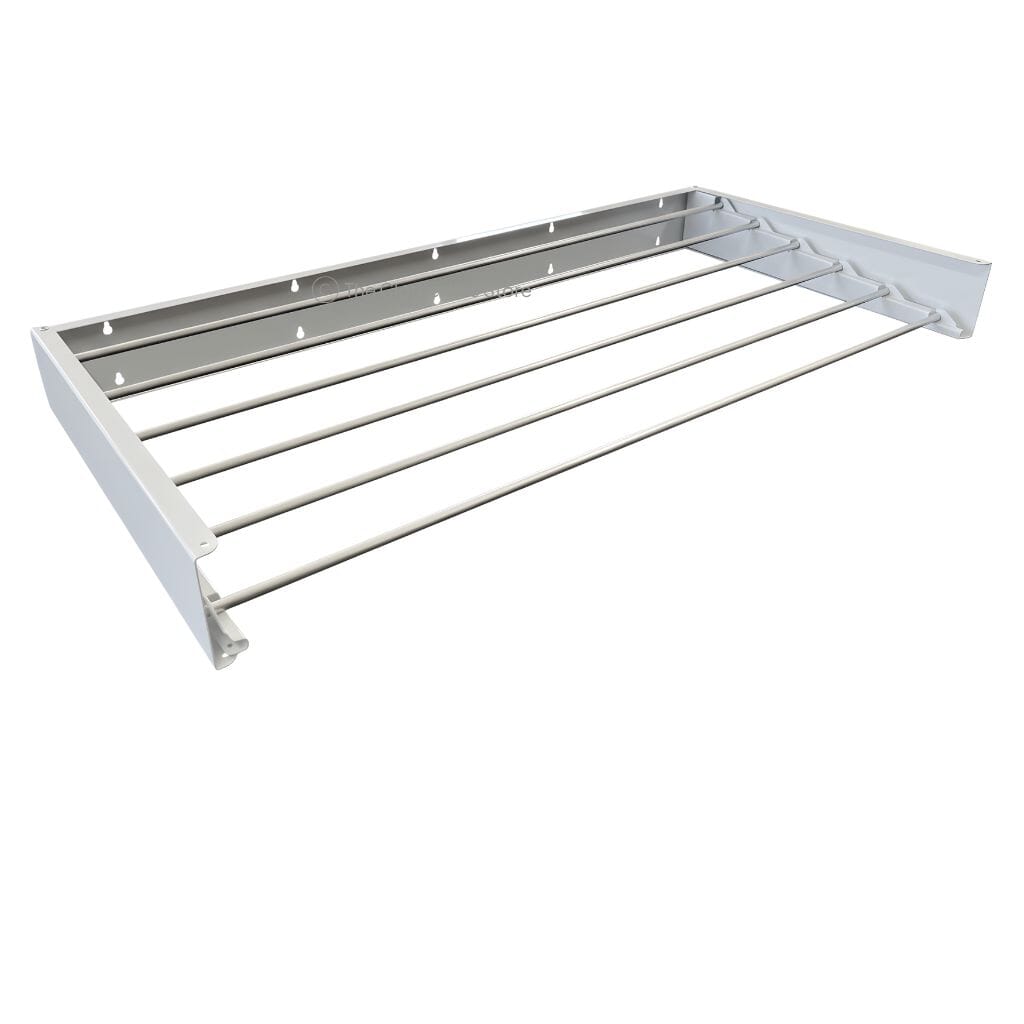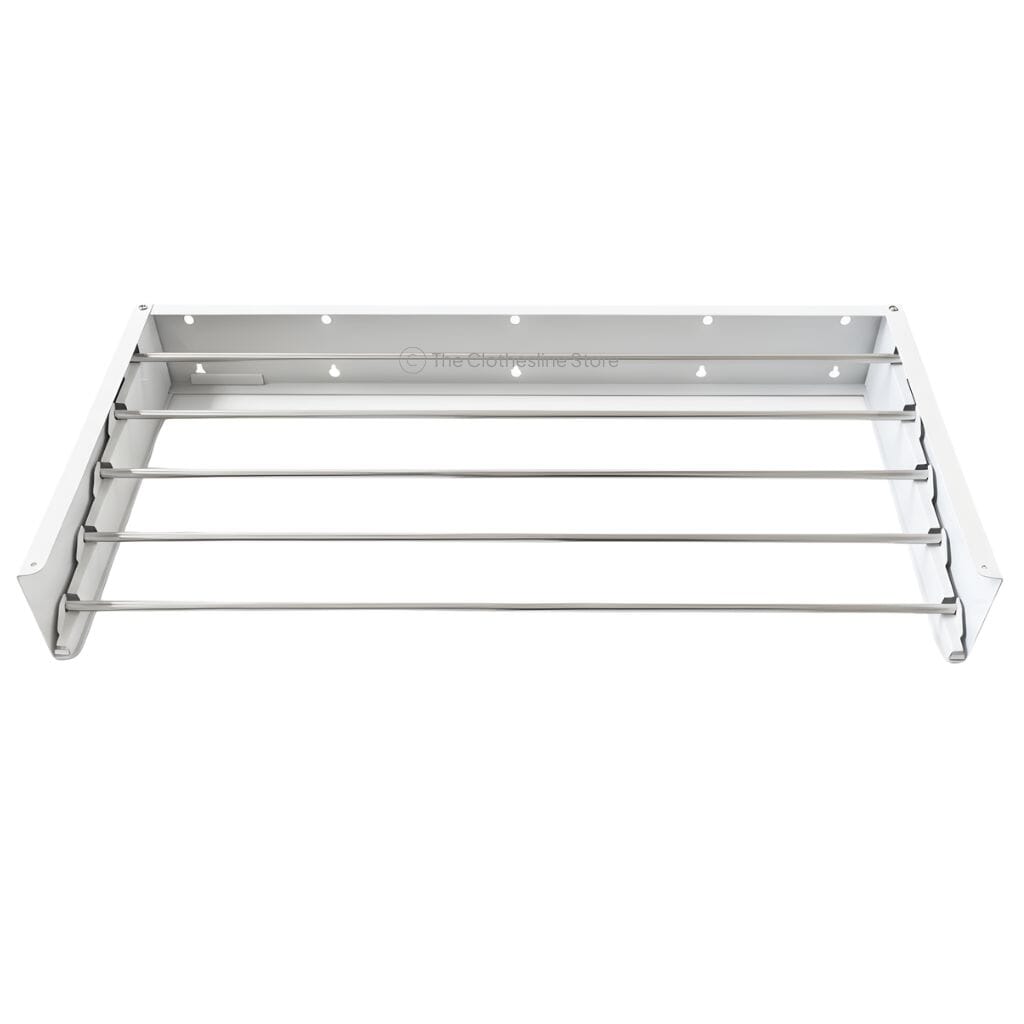
How to Clean Your Washing Machine
A clean washing machine is essential for getting laundry that not only looks great but smells fresh too.
If you’ve noticed unpleasant odours or grime collecting in your machine, it’s time to give it a proper clean.

Over time, detergent residue, fabric softener, and mildew can build up inside your washing machine, making it work less efficiently and leaving you with laundry that smells musty or stale.
In this comprehensive guide, we’ll show you how to clean your washing machine—whether it’s a top loading washing machine or a front loading washing machine—with simple DIY cleaning solutions and products.

We'll cover everything from washing machine maintenance to deep cleaning your machine’s seals, detergent dispensers, and even the drum.
By following these steps, you’ll ensure your washing machine stays fresh, and your laundry comes out cleaner than ever. TABLE OF CONTENTS
Why Cleaning Your Washing Machine Matters
Washing machines are designed to clean, but they get dirty themselves. Soap scum, detergent residue, fabric softener build-up, and even mildew can accumulate in your washer over time.
This creates a breeding ground for bacteria, which can lead to funky odours in your own laundry room.

By cleaning your washing machine regularly, you ensure that it operates efficiently, providing cleaner, fresher laundry every time.
The build-up can be especially noticeable in a front loading washing machine, where the rubber seal around the door collects moisture, detergent, and grime.
A top loading washing machine can also accumulate dirt around the lid, dispensers, and tub.
How Often Should You Clean Your Washing Machine?
To keep your washing machine fresh and working its best, aim to clean it once a month.
Monthly cleaning helps prevent the build-up of residue from detergent, fabric softeners, as well as the growth of mildew.

If you notice that your washing machine is starting to smell or your laundry is coming out with unpleasant odours, it may be time to clean it, even if it’s been less than a month.
Supplies You’ll Need for Cleaning Your Washing Machine
To clean your washing machine thoroughly, you’ll need a few basic tools and materials:
Toothbrush: Perfect for scrubbing nooks and crannies around the detergent dispenser and rubber seals.
Microfiber cloth: For wiping down surfaces without leaving lint behind.
Spray bottle: For applying vinegar solutions.
Distilled white vinegar: A powerful, natural cleaner that helps kill bacteria, dissolve soap scum, and remove bad smells.
Baking soda or washing soda: Known for their deodorising and cleaning properties.
Warm water: For mixing with vinegar to create a cleaning solution.
Chlorine bleach (optional): For deep cleaning, especially if you’re dealing with mildew or mould.
Step-by-Step Guide to Clean Your Washing Machine

Warning: Do not mix distilled white vinegar with chlorine bleach. The combination can produce toxic chlorine gas, which is dangerous in even small amounts.
No matter whether you have a top loading washing machine or a front loading washing machine, cleaning either, follow a similar process.
You’ll use vinegar, baking soda, and a good scrubbing with a microfiber cloth to get your washer back to its pristine state.
1. Run a Hot Water Cycle with Vinegar
To begin, with an empty machine, use a wash cycle using hot water (if your top-loading washer or front-load washing machines do not have an automatic cleaning cycle).

Set the water temperature to its highest hot water setting. For top-loading washing machines, this is often the largest load setting.
For front loading washing machine, simply ensure that the cycle you choose allows for a full hot wash.
Add two cups of distilled white vinegar to the detergent dispenser.
The hot water combined with the vinegar works to break down soap scum, detergent residue, and kill bacteria that can lead to unpleasant odours in the washer drum.

If your washing machine has a self-cleaning cycle, simply activate that and add the vinegar as instructed by the manufacturer’s instructions.
2. Scrub the Interior of Your Washing Machine
After the hot water wash cycle has finished, it’s time to focus on scrubbing the parts of your washing machine that can’t be cleaned by just the hot water and vinegar.
This includes the laundry detergent dispenser and the fabric softener dispenser, and the rubber seals around the door.
To clean the detergent dispenser, use a sponge or microfiber cloth dipped in a vinegar solution (combine one cup of distilled white vinegar with warm water).

Scrub away any residual soap and grime that may have accumulated in the dispenser.
If the dispenser is removable, soak it in the vinegar solution for 15-20 minutes before scrubbing.
For front loading washing machines, the rubber seal around the door is notorious for trapping moisture and debris.

Spray a generous amount of white vinegar directly onto the rubber seal and let it sit for a minute or two before wiping it away with a microfiber cloth.
Use an old toothbrush to scrub any dirt or mildew build-up in all the nooks around the seal.
Vinegar and baking soda can be used in combination here for a deeper clean.
3. Run a Second Hot Cycle (Optional)
After scrubbing the interior, it’s time to run a second hot cycle to rinse away any loose grime, soap residue, or vinegar solution that might still be lingering.

If you'd like to give your machine an extra deep clean, add half a cup of baking soda to the drum during this cycle.
When you add baking soda this helps to absorb any odours, while loosening up any remaining grime.
Once the cycle finishes, use a clean cloth to wipe down the washer drum, detergent dispensers, and rubber seals.

The hot rinse cycle ensures any leftover baking soda or vinegar residue is cleared away, leaving your washing machine clean and fresh.
4. Clean the Exterior
While the inside of your washing machine is getting a good scrub, don’t forget the outside!
A damp clean cloth soaked in warm water and a small amount of vinegar can be used to wipe down the control panel, lid, and any other exposed surfaces of your machine.

For a top loading washing machine it’s especially important to wipe around the lid, which tends to collect dust and detergent splashes.
For a front load washer, ensure that you clean the outer door, especially around the edges where moisture can accumulate.

The exterior may also harbour grime and dirt, which can affect the machine's appearance and performance.
5. Leave the Door Open
After your cleaning cycle is complete, leave the door of your washing machine open to allow any remaining moisture to evaporate.

This is especially important for a front load washer, where leaving the door closed can create a perfect environment for mildew growth.
By leaving the door open for a few hours, you’ll ensure that moisture doesn’t get trapped, which can lead to unpleasant odours and mould formation.
Deep Cleaning Your Washing Machine: Special Considerations
Sometimes, a deep clean is necessary, especially if your washing machine hasn’t been cleaned in a while or if you're dealing with significant mildew or bacteria growth.
Here are some additional tips for deep cleaning:
• Chlorine bleach: For particularly stubborn mildew or mould, a diluted solution of chlorine bleach can be used.
Add one cup of liquid chlorine bleach to the detergent dispenser and run a hot wash cycle.

However, be careful not to overuse bleach, as it can damage certain components of your washing machine over time.
• DIY cleaning solution: For a natural alternative, mix baking soda and white vinegar for a DIY cleaning solution.
Add one cup of vinegar to the drum, followed by half a cup of baking soda. Run a hot cycle to break down stubborn build-up and deodorise your machine.
• Rubber seals: Always check the rubber seals on your washing machine.

These are common spots for mould and mildew to accumulate, especially in front loading washing machine.
Use a vinegar-water mixture or a diluted bleach solution to wipe them down regularly to keep them fresh.
Preventing Future Build-Up in Your Washing Machine: Simple Tips for Ongoing Freshness
Now that your washing machine is sparkling clean, let’s talk about how to keep it that way!
A few simple habits can make all the difference in preventing future build-up, ensuring your machine stays fresh and works efficiently for years to come.
1. Use the Right Amount of Detergent
It might seem like using more detergent equals cleaner clothes, but the opposite is true.
Too much detergent can leave a sticky residue inside your washing machine, leading to build-up, unpleasant odours, and even a decline in your machine’s performance.

Stick to the manufacturer’s recommended amount, and if you have a high-efficiency washer, use an appropriate detergent designed for it.
2. Leave the Door Open
One of the best ways to prevent mould and mildew from making a home in your washing machine is to leave the door open after each load.
This simple habit allows moisture to escape, preventing it from lingering in the drum or on the door seals.

A few hours with the door ajar after washing will let everything dry out and stop those musty smells before they start.
3. Don’t Overload Your Machine
It’s tempting to shove in one more towel or shirt to get everything done in one go, but overloading your washing machine can do more harm than good.
When your washing machine is crammed full, it can’t clean your laundry properly, and detergent doesn’t get the chance to rinse out completely.

This leads to residue build-up, leaving your clothes—and your washing machine—less than fresh. Stick to the recommended laundry load sizes for the best results.
4. Clean Your Machine Regularly
The easiest way to prevent build-up is to stay ahead of it. Set a reminder to clean your washing machine once a month, or more often if needed.

Regular maintenance—like running a hot wash and rinse cycle with vinegar or baking soda—will keep grime, soap scum, and any nasty smells at bay, ensuring your washing machine stays fresh and in good working order.
Conclusion
By incorporating these simple habits into your laundry routine, you will always have a clean washing machine in top shape, and your laundry will always come out fresh and clean.

Whether you’ve got a front loader washer or a top loader washer, these steps will help you avoid the build-up of grime, mildew, and lingering odours.
The result? A washing machine that’s as fresh as the clothes it cleans.
Free Delivery of Clotheslines
At The Clothesline Store, we guarantee the fastest dispatch to ensure the quickest delivery of clotheslines, by operating our own national clothesline warehouse. Don’t take our word for it—check out our Google reviews!
As Australia’s largest private stockholder of clotheslines and accessories, we ship in-stock items the same or next business day. Unlike other retailers who rely on third-party distributors, our dedicated team handles every order directly, ensuring speed and reliability.
With our extensive range of clotheslines stored in our own clothesline warehouse and national centres, we deliver faster and more consistently.





